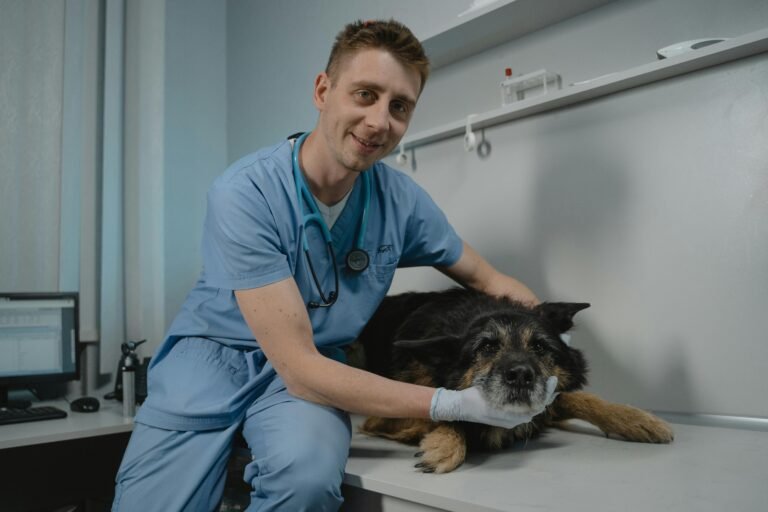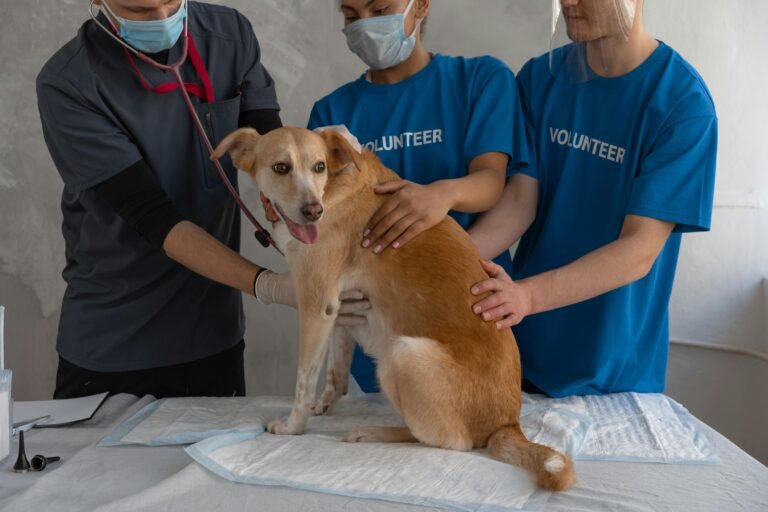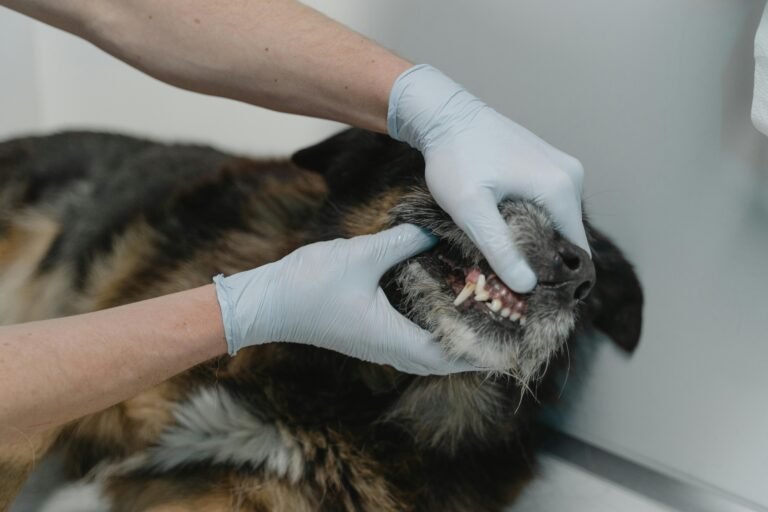Introduction
Just like humans, dogs need proper hydration to stay healthy and energetic. Water keeps their bodies functioning smoothly—it regulates temperature, aids digestion, supports joint health, and helps flush out toxins. But dogs can lose fluids quickly, especially during hot weather, exercise, or illness. Dehydration in dogs can become dangerous fast, leading to lethargy, overheating, and even organ failure if left untreated. In this article, we’ll cover how to recognize the warning signs, ways to prevent dehydration, and what to do if your pup isn’t drinking enough water.
What Causes Dehydration in Dogs?
Dehydration occurs when a dog loses more fluids than they take in. Common causes include:
- Heat and humidity: Dogs cool themselves by panting, which causes fluid loss.
- Exercise: Vigorous play or long walks increase water needs.
- Illness: Vomiting, diarrhea, or fever can rapidly deplete fluids.
- Limited access to water: Traveling, camping, or being left outside without enough fresh water.
- Medical conditions: Diseases like diabetes, kidney problems, or hormonal imbalances can increase dehydration risk.
Signs of Dehydration
Dogs can’t tell you when they’re thirsty, so it’s important to recognize physical signs early. Watch for these symptoms:
- Dry nose and gums: Healthy gums should be moist and slick—if they’re sticky or tacky, dehydration may be starting.
- Loss of skin elasticity: Gently pinch your dog’s skin between the shoulder blades; if it doesn’t spring back quickly, they may be dehydrated.
- Lethargy or weakness: Tiredness or reluctance to move can indicate fluid loss.
- Sunken eyes: Eyes may appear dull or slightly recessed.
- Excessive panting: Panting is normal in heat, but heavy, prolonged panting can signal dehydration.
- Dark yellow urine or reduced urination: Concentrated urine means the body is conserving water.
- Loss of appetite: Dehydration can make your dog less interested in food or treats.
How to Check Hydration Levels
Two simple at-home tests can help you quickly gauge hydration:
- Skin Test: Gently lift the skin on the back of your dog’s neck or shoulders. In a well-hydrated dog, it snaps back immediately. Slow movement indicates dehydration.
- Gum Test: Press your fingertip on your dog’s gums until they lighten, then release. Color should return within two seconds. A delayed response suggests poor circulation or dehydration.
First Aid for Mild Dehydration
If your dog shows mild signs of dehydration but is otherwise alert and active, you can often rehydrate them at home:
- Offer small amounts of cool, fresh water frequently rather than a full bowl at once.
- Encourage drinking by flavoring water with a splash of low-sodium chicken broth.
- Give ice cubes or frozen treats for slow hydration.
- Use dog-safe electrolyte solutions (vet-approved) if your dog has been vomiting or exercising heavily.
- Move them to a cool, shaded area and rest until they recover.
If your dog refuses water, vomits after drinking, or appears weak, contact your vet immediately.
When to See a Veterinarian
Moderate to severe dehydration is a medical emergency. Contact your vet right away if your dog shows these symptoms:
- Persistent vomiting or diarrhea
- Extreme fatigue or collapse
- Rapid heartbeat or labored breathing
- Dry, sticky gums and skin that stays tented
- Very little or no urine output
Veterinarians can provide IV or subcutaneous fluids to restore hydration safely and identify underlying causes.
Prevention: Keeping Your Dog Hydrated
Prevention is far easier than treatment. Incorporate these daily habits to keep your dog hydrated year-round:
- Always provide fresh water: Change water bowls at least twice a day.
- Bring water on walks: Use a portable dog water bottle or collapsible bowl.
- Encourage regular drinking: Praise or reward your dog for drinking throughout the day.
- Watch the weather: Avoid long walks or play sessions during peak heat hours (10 AM–4 PM).
- Add moisture to meals: Mix in wet food, bone broth, or water with kibble to increase fluid intake.
- Provide multiple bowls: Place water sources in different areas of the home, especially if you have multiple pets.
Hydration Tips for Special Situations
Traveling
Dogs can easily get dehydrated during travel, especially on flights or long car rides. Always carry bottled water and take frequent breaks for hydration.
Puppies and Seniors
Puppies are more prone to dehydration because they have higher metabolic rates, while senior dogs may forget to drink or lose thirst sensitivity. Keep a close eye on both age groups.
Active and Sporting Dogs
Dogs that run, hike, or participate in agility events need extra fluids. Offer water before, during, and after activity, but in small amounts to avoid stomach upset.
Summer Hydration Boosters
Make staying hydrated fun and tasty with these ideas:
- Homemade frozen treats made from blended fruit and water.
- Frozen broth cubes for post-walk refreshment.
- Dog-safe fruits with high water content like watermelon, cucumber, and blueberries.
- “Pup popsicles” using plain yogurt and a little peanut butter.
Conclusion
Hydration is the foundation of your dog’s health, especially in warm weather or after vigorous activity. Recognizing the signs of dehydration early—and knowing how to respond—can prevent serious complications. Keep clean water available at all times, offer cooling treats, and adjust your dog’s activity during hot days. A hydrated dog is a happy, healthy dog ready to enjoy every adventure by your side.






